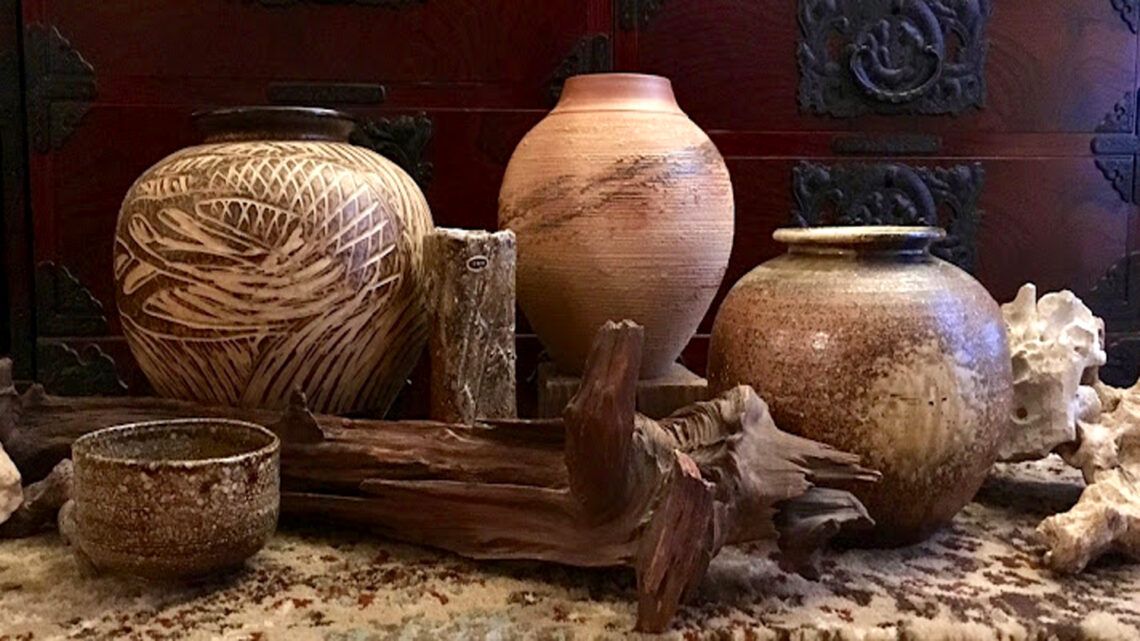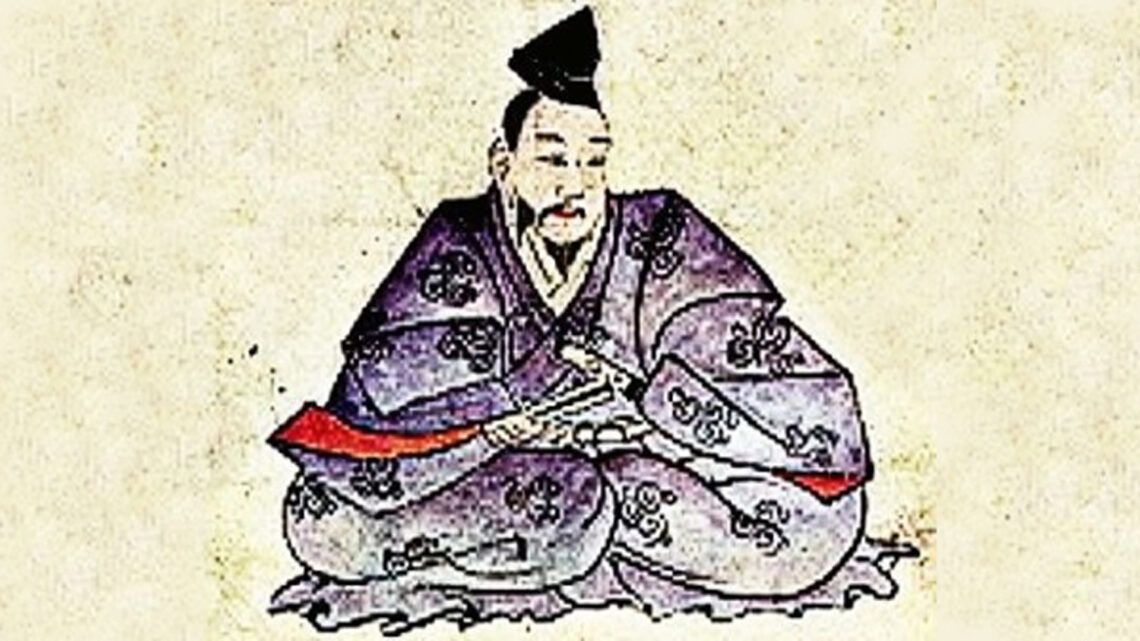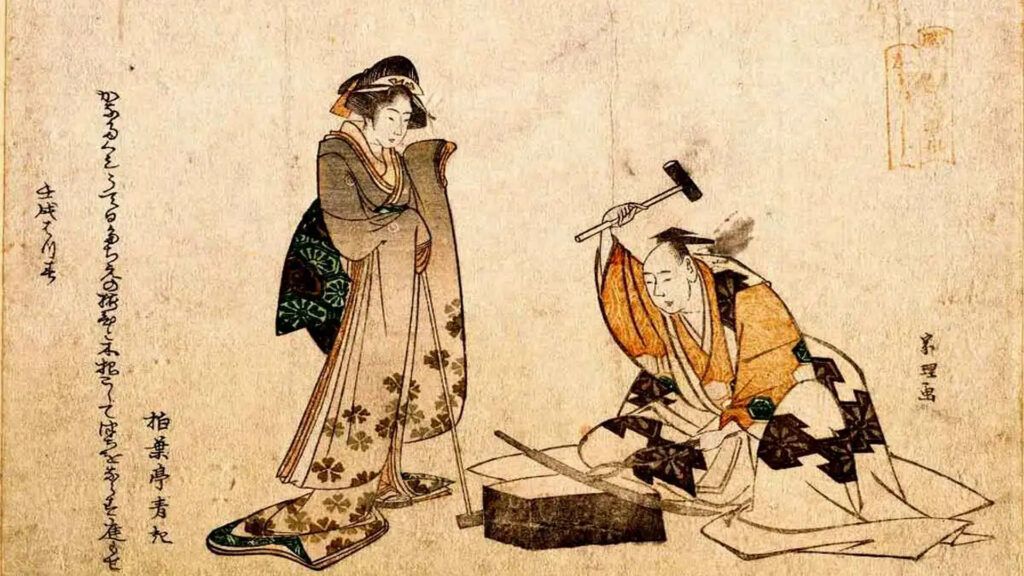
The swordsmith Muramasa was a legend of his time, whose life and work continue to evoke admiration and fascination to this day. His story spans across 16th century Japan, a time of upheaval and change, characterized by political intrigues, wars, and the rise of the samurai class. Muramasa, whose full name was Sengo Muramasa, was born around the year 1501 in the province of Ise. His family hailed from a long line of swordsmiths and was already known for their outstanding skills and craftsmanship.
From a young age, Muramasa displayed extraordinary talent in the art of forging. Under the guidance of his father, he learned the basic techniques of metalworking and began perfecting his own craft early on. Yet it was not just his craftsmanship that set Muramasa apart from other smiths of his time, but also his unwavering dedication to his art and his pursuit of perfection.
Throughout his life, Muramasa created a variety of swords that were renowned not only for their impressive sharpness and durability but also for their unique aesthetics and spiritual power. Muramasa’s swords were more than just weapons – they were artworks that reflected the essence of the wielder and could impart supernatural abilities to them. These mystical qualities made his swords highly coveted among samurai and daimyo, contributing to solidifying Muramasa’s reputation as one of the greatest swordsmiths of his time.
However, Muramasa’s success and influence also aroused envy and resentment among his competitors. In particular, the smiths of the rival Muramasa school, who claimed direct descent from the legendary swordsmith, saw Muramasa as a rival to be surpassed. These tensions often led to conflicts and rivalries among the various smithing schools vying for the favor of powerful samurai and daimyo.
Despite the challenges he faced, Muramasa remained true to his passion for swordsmithing and tirelessly pursued his work. Over the years, he refined his techniques and experimented with new materials and manufacturing methods to create swords of unprecedented quality and beauty. His creations were highly esteemed throughout Japan and were sought-after collector’s items among the wealthy elites of the country.
Yet Muramasa was not only a gifted craftsman but also a man of deep philosophical convictions. He firmly believed in the spiritual significance of his work, viewing the forging of swords not only as a craft but also as a spiritual practice that forged a connection between the smith, the sword, and its future wielder. This conviction permeated all his works, lending them a depth and meaning that transcended their material existence.
However, Muramasa’s life was not only marked by success and glory but also by tragedy and loss. In 1571, during a severe storm that ravaged his home province, his workshop was destroyed by a devastating fire, which consumed much of his precious treasures. Muramasa stood amidst the ruins of his life’s work and had to start anew. It was a bitter setback, yet it did not deter him from continuing his work and facing new challenges.
Despite these adversities, Muramasa remained true to his craft until his death in 1573, leaving behind a legacy that endures to this day. His swords are still regarded as some of the finest of their kind and are sought-after collector’s items worldwide. Yet Muramasa’s true significance lies not only in his swords but also in his legacy as a visionary artist and spiritual teacher, whose influence extends far beyond his time.
The story of Muramasa and his art of swordsmithing teaches us that true greatness is not only measured in success and fame but also in the passion, dedication, and unwavering commitment to what we love. May his swords always serve as a reminder of the power of art and the beauty of craftsmanship that connects us all, no matter how far apart time may separate us.
The Techniques of Muramasa
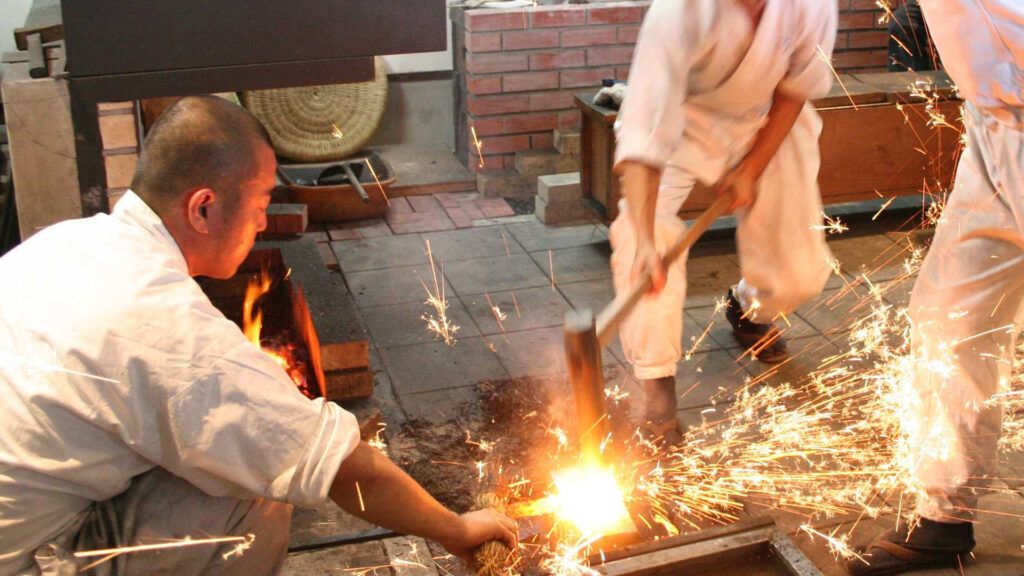
Muramasa’s techniques were not only masterpieces of craftsmanship but also expressions of a deep spiritual connection with his craft. Muramasa saw the forging of swords not simply as a mechanical task but rather as an artistic and spiritual practice that forged a connection between the smith, the material, and the finished sword.
One of the key aspects of Muramasa’s techniques was his mastery in selecting and processing materials. He had the ability to choose the finest available steels and work them with great care and precision to maximize their natural properties. Muramasa had a profound understanding of the chemical properties of different types of steel and knew how to optimize them through proper heat treatment and tempering to achieve desired characteristics such as hardness, flexibility, and sharpness.
Another crucial aspect of Muramasa’s techniques was his mastery of the art of forging. He knew how to shape and mold the hot metal with the hammer to achieve the desired form and structure of the sword. Muramasa was renowned for his precise and powerful hammer strikes, directing the metal in the desired direction while creating its characteristic shape and texture.
Furthermore, Muramasa perfected the art of quenching and tempering swords to optimize their hardness and sharpness. He developed complex heat treatment processes that allowed him to bring the blade to optimal hardness without compromising its flexibility. Muramasa mastered the delicate balance between hardness and toughness, essential for crafting high-quality swords.
Another important aspect was his ability to embellish and refine swords. He mastered the art of engraving, etching, and polishing to give his swords a unique and appealing aesthetic. Muramasa was known for his intricate engravings and artistic patterns, often containing spiritual symbols and motifs that held deeper meaning and significance for the wielder.
Muramasa also developed innovative techniques for crafting sword fittings and handles to enhance the functionality and aesthetics of his swords. He experimented with various materials and construction methods to create sword fittings and handles that not only served functional purposes but also complemented the swords harmoniously.
He was a master of his craft, and his influence on the art of swordsmithing is still palpable today. Muramasa not only created some of the most beautiful and functional swords of all time but also left behind a tradition of craftsmanship and spirituality that continues to thrive and be nurtured. His techniques are a legacy that has endured through time, providing inspiration and guidance for future generations of swordsmiths.
The Legendary Swords of Muramasa
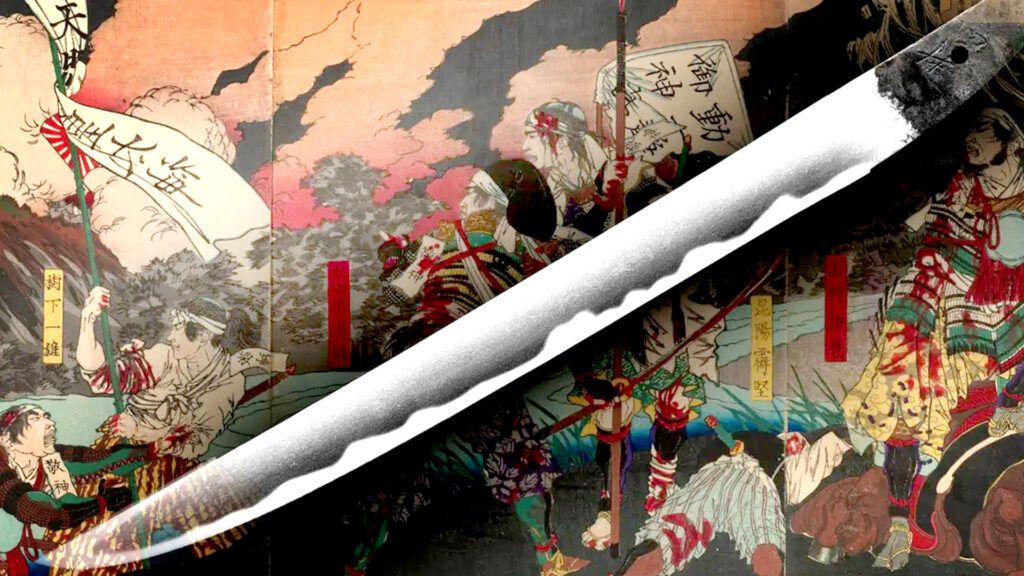
The legendary swords of Muramasa are among the most fascinating and coveted relics of Japanese history. Each of these swords not only carries a story but also an aura of power and mystery that has fueled the imagination of samurais, warlords, and storytellers alike for centuries.
One of Muramasa’s most famous swords is undoubtedly the “Oni-Giri,” translated as “Demon Slayer.” Allegedly forged by Muramasa himself, this sword was crafted to vanquish the forces of evil and protect the innocent. With a powerful blade and an engraving depicting a demonic creature, the Oni-Giri quickly became a symbol of bravery and determination.
Another legendary sword of Muramasa is the “Kuroi Hikari,” meaning “Black Light.” This sword was distinguished by its unusual black blade, crafted through a secret technique by Muramasa. The Kuroi Hikari was considered a sword of justice and was wielded by samurais to uphold order and law. Its dark appearance and deadly effectiveness made it a feared weapon on the battlefield.
Yet another remarkable sword of Muramasa was the “Fujin no Ken,” the “Sword of the Wind.” This sword was renowned for its extraordinary lightness and agility and was often used by ninjas and other masters of stealth. With its sharp blade and ability to execute lightning-fast attacks, the Fujin no Ken became a legend among the shadow warriors of ancient Japan.
Another legendary sword of Muramasa was the “Raijin no Tsurugi,” the “Sword of Thunder.” This sword was famous for its incredible strength and penetrating power and was frequently wielded by warlords and generals to vanquish their enemies. With its mighty blade and ability to summon lightning, the Raijin no Tsurugi became a symbol of power and authority.
In addition to these well-known swords, there were many other legendary creations of Muramasa, some of which have survived to this day and are admired in museums and private collections worldwide. Each of these swords tells its own story and carries the essence of Muramasa’s talent and mastery within it.
However, it wasn’t just the physical attributes of the swords that made them legends, but also their mystical properties and spiritual significance. Many believed that Muramasa performed spiritual rituals and ceremonies during the crafting of his swords to imbue them with supernatural powers. This notion helped to further enhance the myth surrounding Muramasa and his swords, making them objects of reverence and admiration.
The legendary swords of swordsmith Muramasa are more than just weapons – they are symbols of courage, bravery, and the indomitable power of the human spirit. Through them, Muramasa’s legacy lives on, continuing to inspire people around the world. May these swords always serve as a reminder of the power of art and the beauty of craftsmanship that unites us all, no matter how far apart time may separate us.
The Influence of Muramasa on the History of Japan

The influence of Muramasa on the history of Japan is profound and multifaceted. As one of the most significant swordsmiths of his time, he not only shaped the art of swordsmithing but also the culture, traditions, and even the politics of Japan.
A crucial aspect of Muramasa’s influence on Japan’s history lies in his role in the development of the samurai class. During feudal Japan, the samurai were the dominant social class responsible for the protection and defense of the country. The swords they wielded were not just weapons but also symbols of their status and honor. Muramasa crafted swords of unparalleled quality and beauty, quickly becoming the preferred choice of the samurai. His swords not only provided the samurai with a superior weapon but also instilled a sense of pride and confidence that further solidified their significance and influence in Japanese society.
Furthermore, Muramasa also played an important role in the political intrigues and power struggles of his time. His swords were often used by powerful daimyo and warlords to demonstrate their authority and defeat their enemies. The legend of Muramasa and his swords often inspired fear and respect, influencing the balance of power in a time of uncertainty and instability.
However, Muramasa’s influence extended beyond the world of samurai and warriors to the realm of art and culture. His swords were not only seen as weapons but also as works of art of unparalleled beauty and sophistication. Muramasa’s innovative techniques and distinctive style influenced many subsequent generations of swordsmiths and contributed to making swordmaking a highly esteemed art form in Japan.
Although Muramasa lived centuries ago, his name and work are still present in Japanese culture and society today. His swords are still regarded as some of the best of their kind and are coveted collector’s items worldwide. Furthermore, Muramasa’s legacy has also inspired many works of popular culture, from films and books to video games and manga.
As one of the greatest swordsmiths of his time, he not only shaped the art of swordsmithing but also the culture, traditions, and politics of his country. His legacy continues to this day, and his name will always be remembered with admiration and respect. May his swords always serve as a reminder of the power of art and the beauty of craftsmanship that unites us all, no matter how far apart time may separate us.
The Legacy of Muramasa
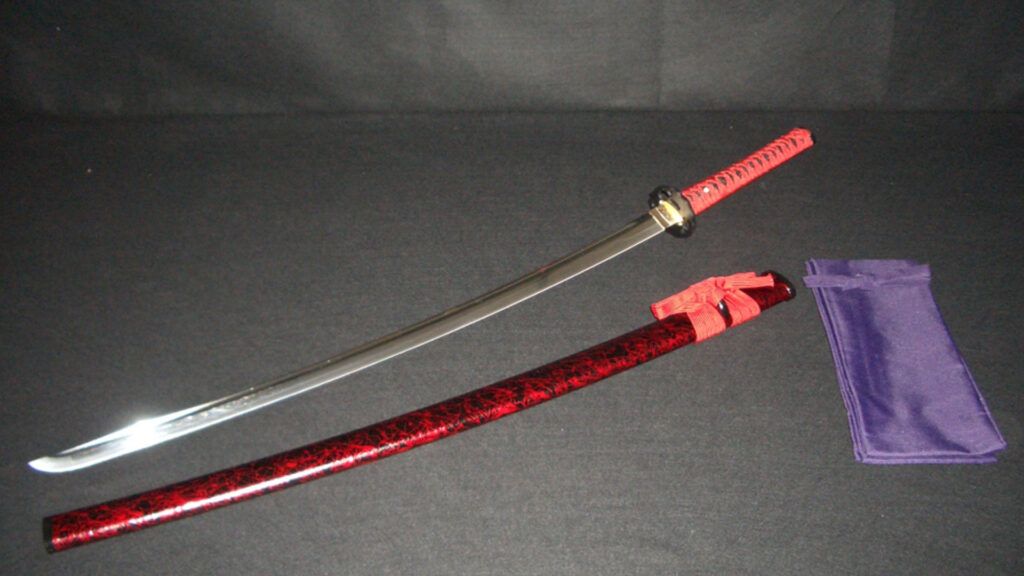
As one of the most significant swordsmiths of feudal Japan, Muramasa not only created a multitude of extraordinary swords but also left behind a legacy that profoundly shaped the art of swordsmithing and Japanese culture.
One of the most notable aspects of Muramasa’s legacy is undoubtedly his technical mastery and innovative style. Muramasa not only perfected the traditional techniques of swordsmithing but also introduced new methods and materials to create swords of unparalleled quality and beauty. His swords were not just weapons but also artworks that reflected the essence of his craft and his spiritual connection with his work.
Another essential feature of Muramasa’s legacy is his cultural significance and influence on Japanese society. Muramasa’s swords were not only cherished by samurais and warlords but also revered by the general public as symbols of bravery, honor, and pride. Muramasa’s work helped solidify the image of the sword as a cultural and spiritual symbol deeply rooted in Japanese identity.
Muramasa also left a legacy in the form of his students and successors, who continued his craft and traditions. Many of his students became respected swordsmiths themselves, contributing to carrying Muramasa’s legacy into the next generation. Their dedication to craftsmanship and tradition has helped keep the art of swordsmithing alive and well-preserved in Japan.
The stories and legends of Muramasa and his swords have captivated people’s imaginations for centuries and remain part of Japanese folklore and popular culture to this day. Muramasa is often depicted as a heroic artist blessed with supernatural powers, using his swords to combat evil and protect the innocent.
Furthermore, his legacy remains alive and relevant in modern times. His swords are still valued by collectors and connoisseurs and are coveted collector’s items worldwide. Additionally, Muramasa’s legacy continues to inspire artists, writers, and filmmakers, contributing to spreading fascination for the art of swordsmithing and Japanese culture globally.
His technical mastery, cultural significance, role as a teacher and legend, and enduring influence in modern times make him one of the most significant figures in Japanese history. May his legacy always serve as a source of inspiration and admiration, contributing to appreciating the beauty and significance of Japanese art and culture.

